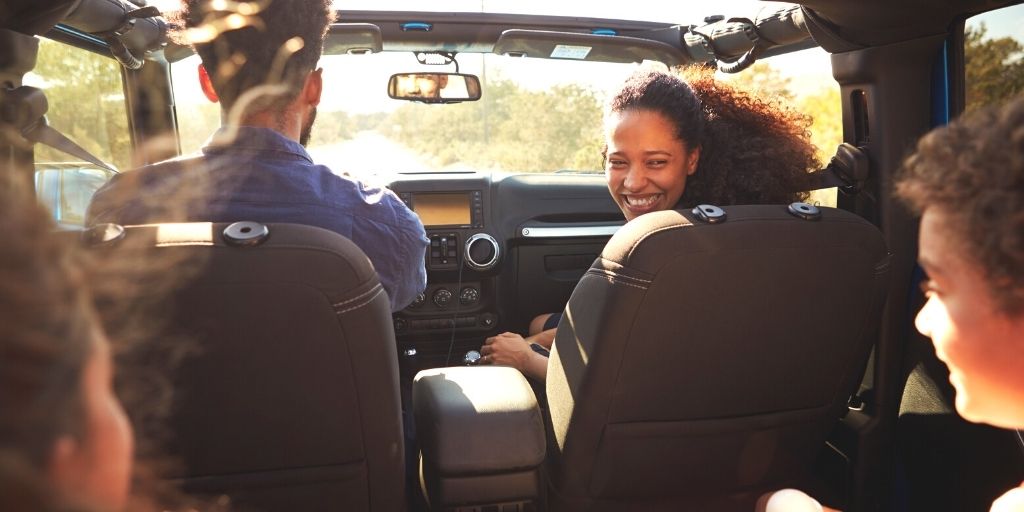Outdoor play was declining for years until the infamous Rona took over in 2020. As horrible as it was, the COVID pandemic forced us outdoors – parents and kids had to all actually play outside.
There are lots of reasons to get your kids out of the house and into Mother Nature. The American Academy of Pediatrics (AAP) recommends that children play outside as much as possible. They even urge doctors to prescribe playtime as part of wellness visits.
Learn more about the benefits of outdoor play and how to integrate it into your daily life.
Benefits of Outdoor Play
Increase physical activity: Children move faster and burn more calories when they’re outdoors. They also form habits that can help them manage their weight and reduce their risk for heart disease and other conditions linked to sedentary lifestyles. These habits can support strong health throughout their lifetime.
Promote learning: Research shows that children are more attentive after recess. Playing outside sharpens thinking by providing sensory input that helps link the body and mind.

Connect with nature: Outdoor spaces give us energy and brighten our mood. As your child builds their self-esteem and confidence, they may also become more interested in conservation.
Make friends: Any unstructured playtime is an opportunity for your child to practice their social skills and interact with their peers. They learn how to share and negotiate.
Manage stress: Outdoor activities can help them deal with confusion, fears, and loss.
Strategies for Increasing Outdoor Play
Limit screen time: Children aged 11 to 14 spend an average of 9 hours a day in front of a screen, according to the CDC. You’ll have more time for other things if you limit device time to 1 or 2 hours.
Play games: Team sports provide many benefits, but kids need unstructured play too. Toss around a frisbee or jump rope.
Create art: Set up an easel or give your child a sketch pad. Assemble sculptures using sticks, rocks, and other natural objects.
Grow plants: Start a vegetable or flower garden in your backyard. If you’re short on space, see if there’s an opening at your local community garden. Many churches also welcome volunteers to help tend their plants.
Splash around: Visit a water park or create your own water obstacle course. Run and dance under the sprinklers or a hose. You may even convince your kids that washing your car is fun.
Pack a picnic: Eat on the grass. Pack a basket and blanket for your next trip to a local or state park. Serve takeout or your own cooking on your patio for a family meal.
Walk your dog: If you need to be reminded to schedule time outdoors, you can count on your dog.
Contact your school: Many schools have cut back on recess periods despite studies showing that this may lower academic achievement. Let your local officials know that you support safe opportunities for kids to take a break outside.





One thought on “Outdoor Play: A Parent’s Guide”